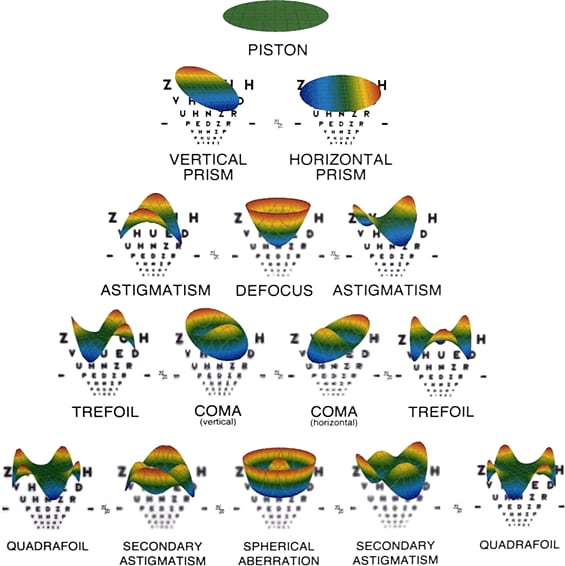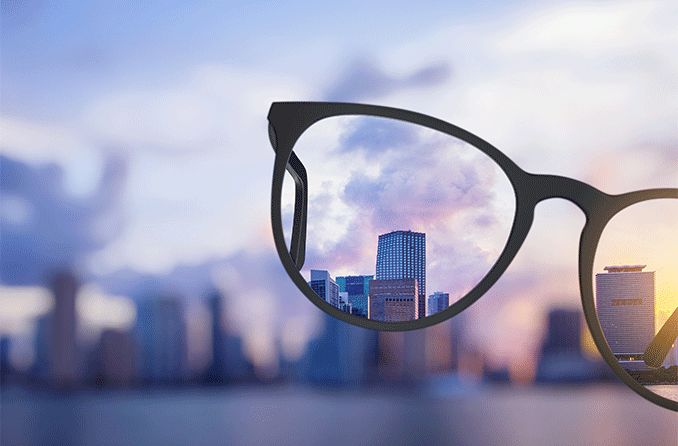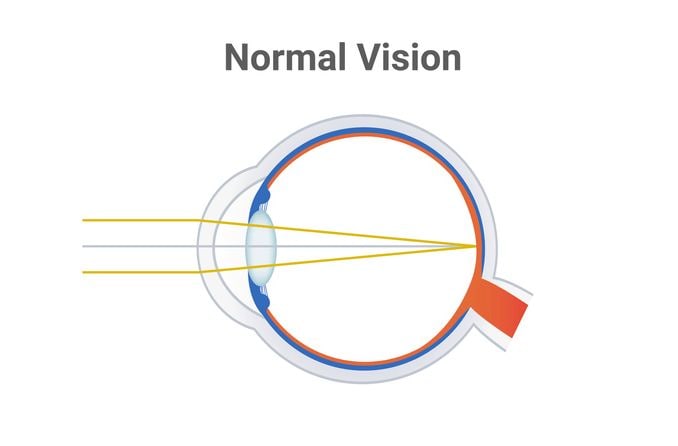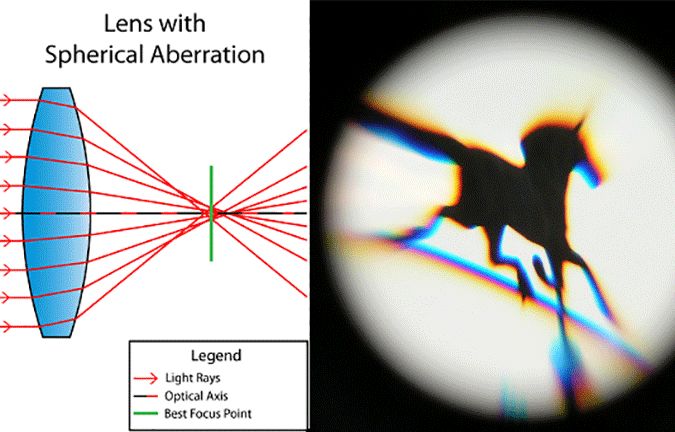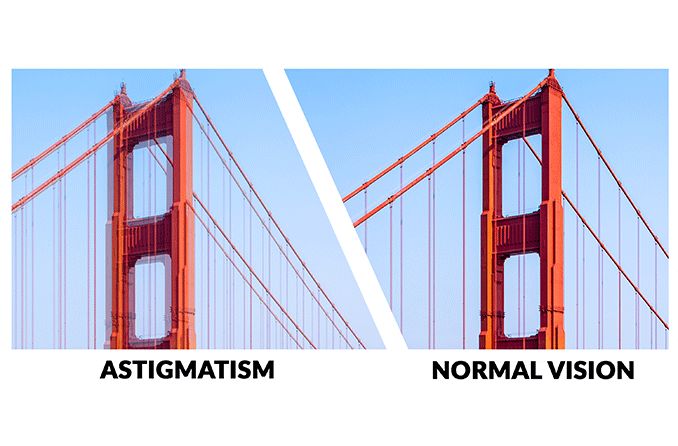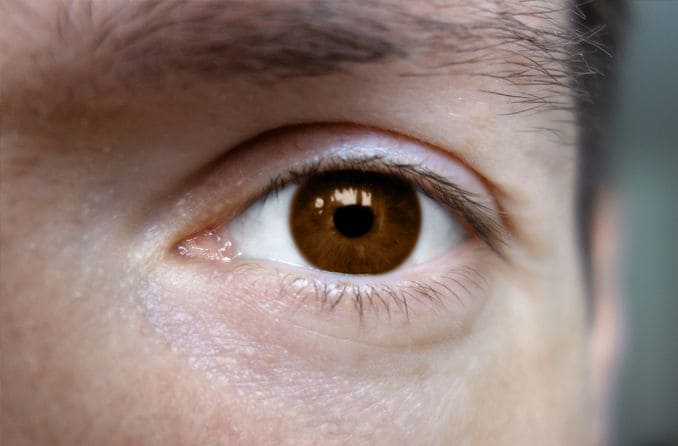What are some of the causes of bad eyesight? Bad eyesight is usually caused by a condition or disease that results in the blurring or decline of clear vision.
For some people, poor vision has been a lifelong nuisance that they’ve learned to manage. Other people may experience perfect vision until one day when they realize things aren’t as sharp as they used to be.
But what causes that lack of clarity? Here are the most common causes of bad eyesight and ways to fix your poor vision:
Conditions that cause bad eyesight
Bad eyesight, or blurred vision, is most commonly caused by a refractive error like nearsightedness (myopia), farsightedness (hyperopia) or astigmatism. Refractive errors develop when the eye is unable to focus light directly on the retina.
This inability to focus stems from imperfections in the eye’s length, corneal curvature and/or internal lens curvature. The refractive error you experience depends on which anatomical flaw your eyes have.
For example, eye length is normally associated with farsightedness, corneal curvature is linked to astigmatism and lens curvature can determine nearsightedness or farsightedness.
Amblyopia (lazy eye) — caused by a lack of communication between the eyes and the brain — is another condition that can cause poor eyesight. The brain is supposed to receive visual signals from both eyes, but in young patients with amblyopia, the brain ignores signals from one of the eyes.
If caught early, amblyopia can be treated very successfully, but if left untreated, it can cause permanent vision loss.
SEE RELATED: Are nearsightedness and lazy eye the same thing?
Presbyopia: Experiencing blurred vision after age 40 is often an indication of presbyopia, or age-related farsightedness. As your eyes age, the lenses that used to focus on up-close images become stiff, making it difficult to adapt and causing your near vision to blur.
Most of these vision conditions are very common and are easily corrected with glasses or contact lenses. Eye diseases, however, aren’t always a quick fix.
Diseases that cause bad eyesight
Eye diseases that can cause the deterioration of eyesight include macular degeneration, cataracts, glaucoma and more.
Macular degeneration is a disease that affects the retina, which is responsible for focusing images. The part of the retina that gives sharp central vision — the macula — deteriorates, causing blind spots and blurred vision.
Cataracts occur when proteins in the eye begin to build up and create a milky cloud over the lens. In the beginning stages of cataracts, vision may only be slightly blurry or hazy. Over time, the cloudiness prevents light from reaching the retina, resulting in vision loss.
Glaucoma is a disease that usually is tied to pressure inside the eyeball. When fluids inside the eye don’t drain as they should, there’s an increase in eye pressure that eventually affects the optic nerve. Other cases of glaucoma result from a lack of blood flow to the optic nerve. Glaucoma is especially tricky because there are no symptoms until significant damage has been done to your peripheral vision.
These eye diseases don’t normally occur until later in life and can be detrimental to your vision if they go untreated. Since some don’t show symptoms until they’re already advanced, it’s even more important to get your eyes examined routinely by your eye doctor.
Is bad eyesight genetic?
In many cases, yes, bad eyesight can be genetic. Doctors at the Cleveland Clinic have found that the most common eye diseases for older adults (like the ones listed above) are inherited.
It’s also been observed that specific genetic markers can determine common vision conditions, like nearsightedness and farsightedness. Individuals with these markers are nearly 10 times more likely to have refractive errors than those without genetic influence.
But you can’t blame your parents for all your vision troubles. There are also environmental factors that influence the health of your eyes and vision.
Excessive sun exposure without the protection of quality sunglasses has been known to lead to glaucoma and cataracts. How to avoid this? Always wear sunglasses that block 100% UV rays any time you go outside.
Smoking is bad for your eyes. The New York State Department of Health warns that smokers are three to four times more likely to develop macular degeneration than non-smokers.
How to treat bad eyesight?
How to improve your poor eyesight depends on the cause of your vision issues. Refractive errors are easily corrected with eyeglasses, contact lenses or corrective vision surgery.
Amblyopia, though, can be treated using an eye patch over the dominant eye to force the brain to focus on the weaker one. In severe cases, surgery also can correct for amblyopia.
Cataracts can be corrected with cataract surgery, in which the cloudy lens is replaced with an artificial intraocular lens (IOL). Cataract surgery is a very successful and relatively painless solution.
Age-related macular degeneration (AMD) can’t be cured and currently, no treatment options are approved for the more common dry form of AMD. Several treatment options are available for wet AMD, with new gene therapy in testing.
Prevention can reduce your risk of developing AMD. How to do this? Maintain a healthy diet with exercise and nutritional supplements, and always keep your eyes protected from the sun.
Glaucoma treatments include medicated eye drops, laser treatment and various surgery options. Normally with glaucoma treatment, you’re preventing the destruction of your current vision — vision that has already been lost cannot be restored.
The best way to improve your poor eyesight — and prevent worsening vision — is to get regular eye exams that check the health of your eyes. Catching any eye disease or eye condition early increases your chances of keeping your vision clear and healthy.
TIME FOR AN EYE EXAM? Schedule an appointment with an eye doctor near you.

